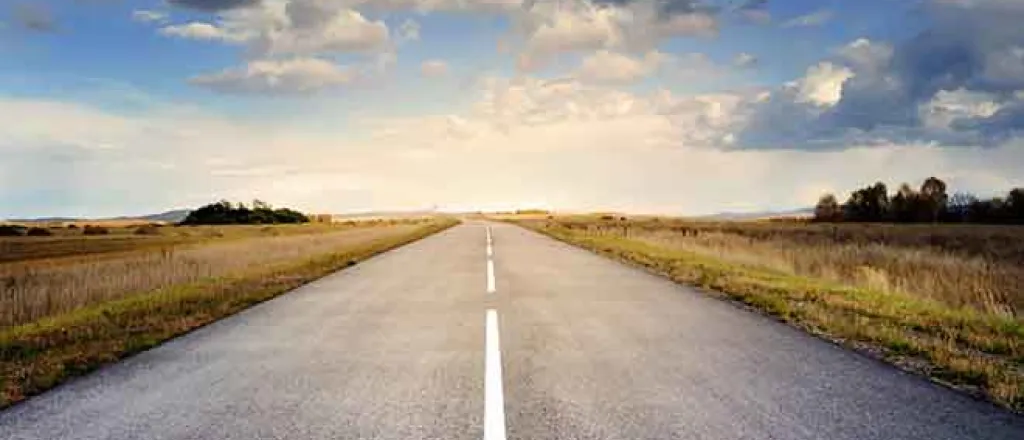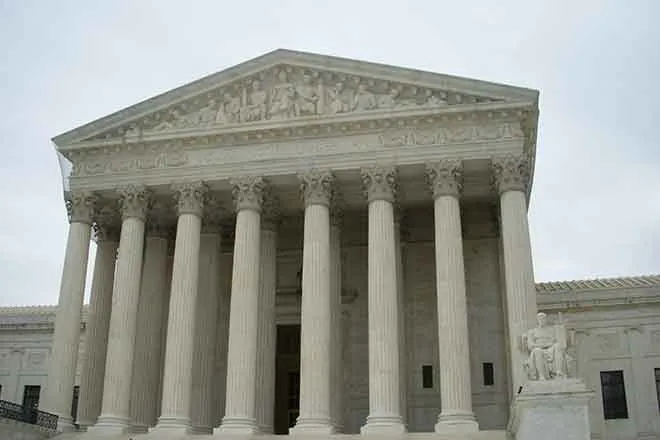
New signs guide travelers on Oklahoma's Route 66
(The Center Square) – Frequent travelers on Route 66 in Oklahoma will notice some new signs.
Updated historical markers were placed along Route 66 in 2021 in preparation for the upcoming centennial celebration.
Ken Busby, executive director and CEO of the Route 66 Alliance, told The Center Square the directional signage is designed to aid motorists as they navigate the Main Street of America.
"One of the biggest complaints that we receive from travelers is that it is difficult to stay on Route 66 because there are various alignments in some cities and maps are sometimes difficult to follow," Busby said. "Route 66 enthusiasts really want to make sure that they are traveling the authentic route."
Rhys Martin, president of the Oklahoma Route 66 Association, agreed.
"Most Route 66 travelers want to stay on as much of the original historic highway as possible. These signs will help ensure motorists know they are on Historic Route 66 as they travel the corridor," Martin told The Center Square. "There's also the added benefit of helping Oklahomans know they are on the old road, too – which increases pride of place."
A resurgence of interest in Route 66, led in the 1990s by Michael Wallis' book, "Route 66: The Mother Road," and the 2006 Disney/Pixar film, "Cars," helped make Route 66 a top travel destination again, but it has played an important role in the state's history from the very beginning.
"Route 66 is tremendously important to Oklahoma's identity, where Tulsa serves as the capital of Route 66," Busby said. "If it weren't for Cyrus Avery, the Father of Route 66, the road likely would never have come through Tulsa or Oklahoma."
When Route 66 first opened in 1926, Avery convinced the Federal Highway Department that the old 11th Street Bridge in Tulsa was the "safe" way for motorists to travel from Chicago to Santa Monica, California, the terminus points of Route 66. That bridge, now named the Cyrus Avery Memorial Bridge, was built in 1917 and was the first concrete and steel-reinforced bridge to cross the Arkansas River anywhere in the U.S.
"When the Dust Bowl hit in the 1930s, Route 66 provided the safest route west for migrant farmers," Martin said. "After World War II, the road was the conduit for Oklahomans to see some of our greatest natural monuments like the Grand Canyon. But the biggest impact the road had on Oklahoma specifically was the ease of commercial traffic. Route 66 was typically Main Street in each town it came through, and with that came goods and services. That's still a role the highway plays today."
Route 66 is also an important part of the tourism tapestry for Oklahoma.
"Tourism is already beginning to make a comeback, and we are really working to promote tourism throughout Oklahoma marketing the Route 66 Passport, the Oklahoma Fishing Trail, and more," Busby said.

















